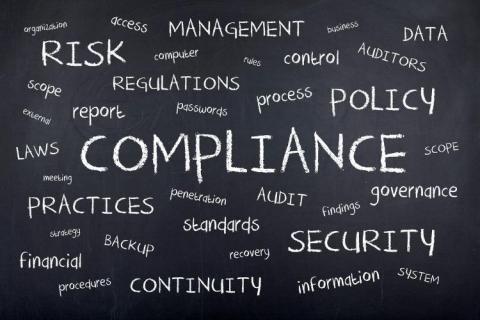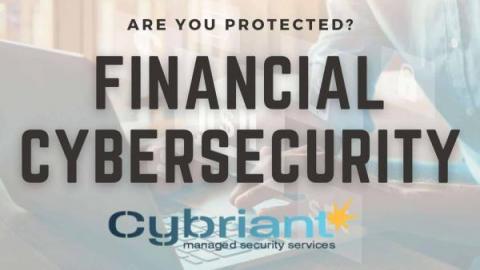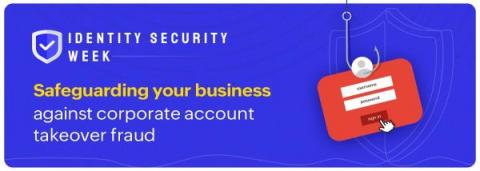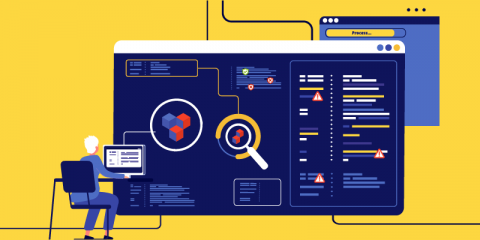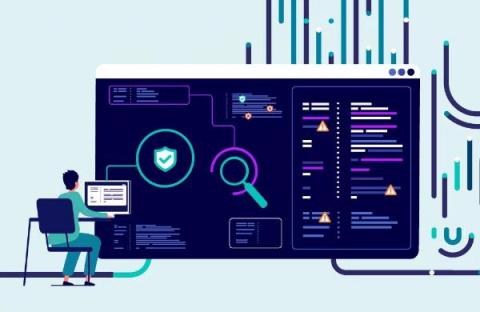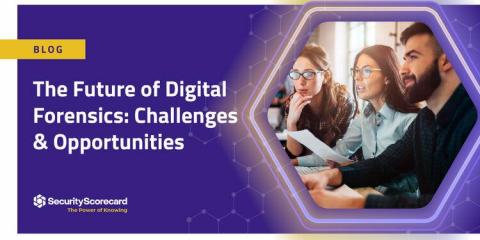Security | Threat Detection | Cyberattacks | DevSecOps | Compliance
Latest News
How to Improve your Automotive Software Security
How to Improve your Cyber Security Compliance
RKVST supply chain evidence management platform now available to the public sector through UK Government G-Cloud
Financial Cybersecurity: Are Banks Doing Enough to Protect You?
Financial Services are valuable targets for cybercriminals. As the guardians of our financial information, banks hold a wealth of data that can be used to steal identities and commit other fraud. In this blog post, we'll take a look at the steps banks are taking to protect their customers from financial cybersecurity threats, and see.
Cybriant Achieves Annual SOC 2 Type 2 Certification
How not to become a corporate account takeover victim 101
Account takeover is an attack where cybercriminals take ownership of user accounts using stolen credentials. It is essentially an identity theft fraud where the hacker, who now has full control over the user’s account, performs malicious activities posing as the real user. These malicious activities might include sending out phishing emails or messages, stealing and misusing sensitive financial or personal information, or using stolen information to takeover more user accounts.
SAST - All About Static Application Security Testing
Static Application Security Testing (SAST) has been a central part of application security efforts for more than 15 years. Forrester’s State Of Application Security Report, 2022 found that lacking application security remains a leading cause of external security breaches, so it’s safe to say that SAST will be in use for the foreseeable future. Contents hide 1 What Is SAST? 2 Why do we need SAST? 3 What problems does SAST address? 4 How does SAST work?
SAST - All About Static Application Security Testing
Static Application Security Testing (SAST) has been a central part of application security efforts for more than 15 years. Forrester’s State Of Application Security Report, 2022 found that lacking application security remains a leading cause of external security breaches, so it’s safe to say that SAST will be in use for the foreseeable future.
The Future of Digital Forensics: Challenges & Opportunities
With the rise in cybercrime, including malware and ransomware attacks, digital forensics has become vital for many organizations. Digital forensics is the science of recovering, investigating, and analyzing digital records, often called digital artifacts, or in legal language forensic artifacts. This can be to find evidence of a crime, but is more often used to identify activity occurring on a computer and to understand how a cyberattack or breach may have occurred.




